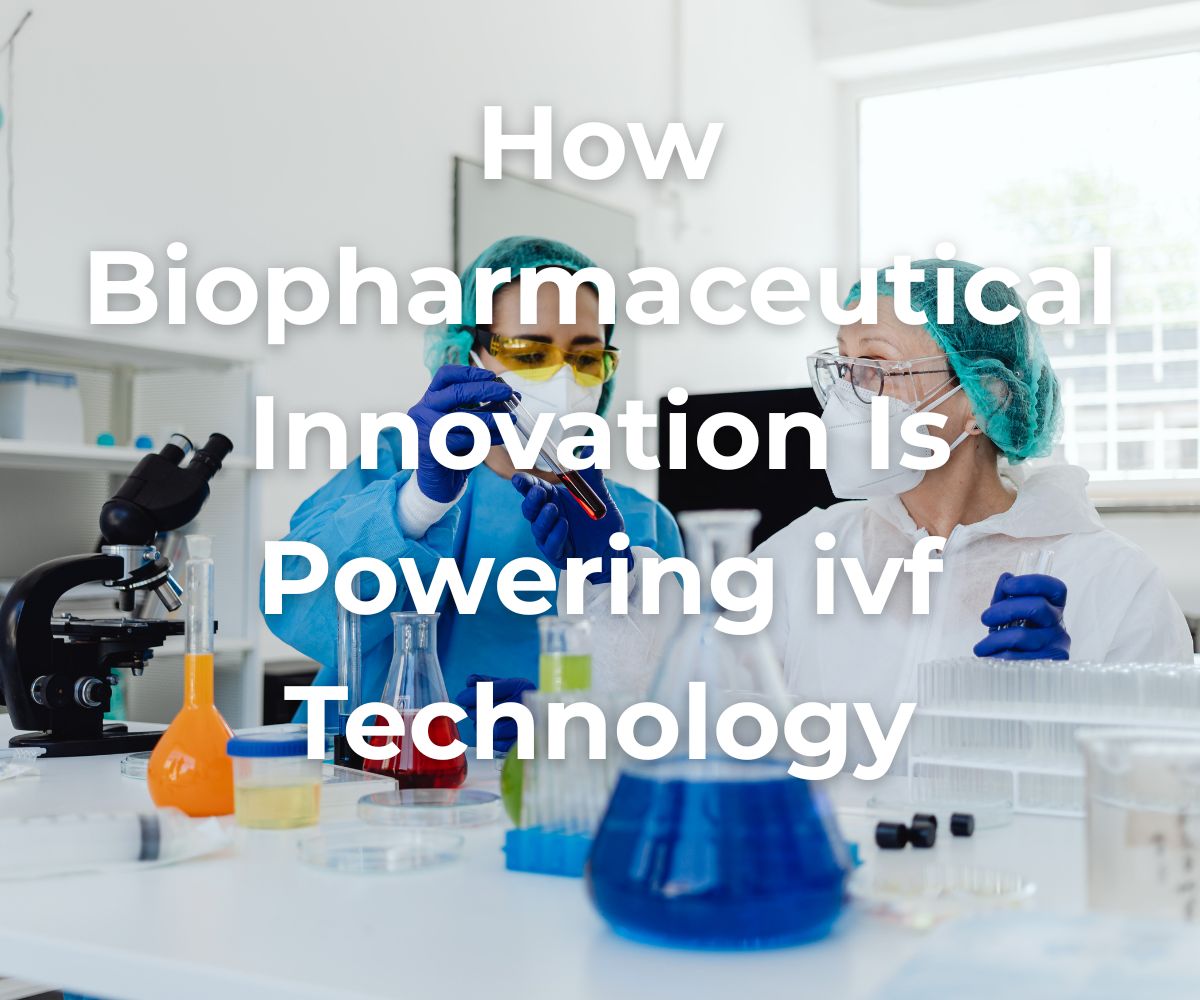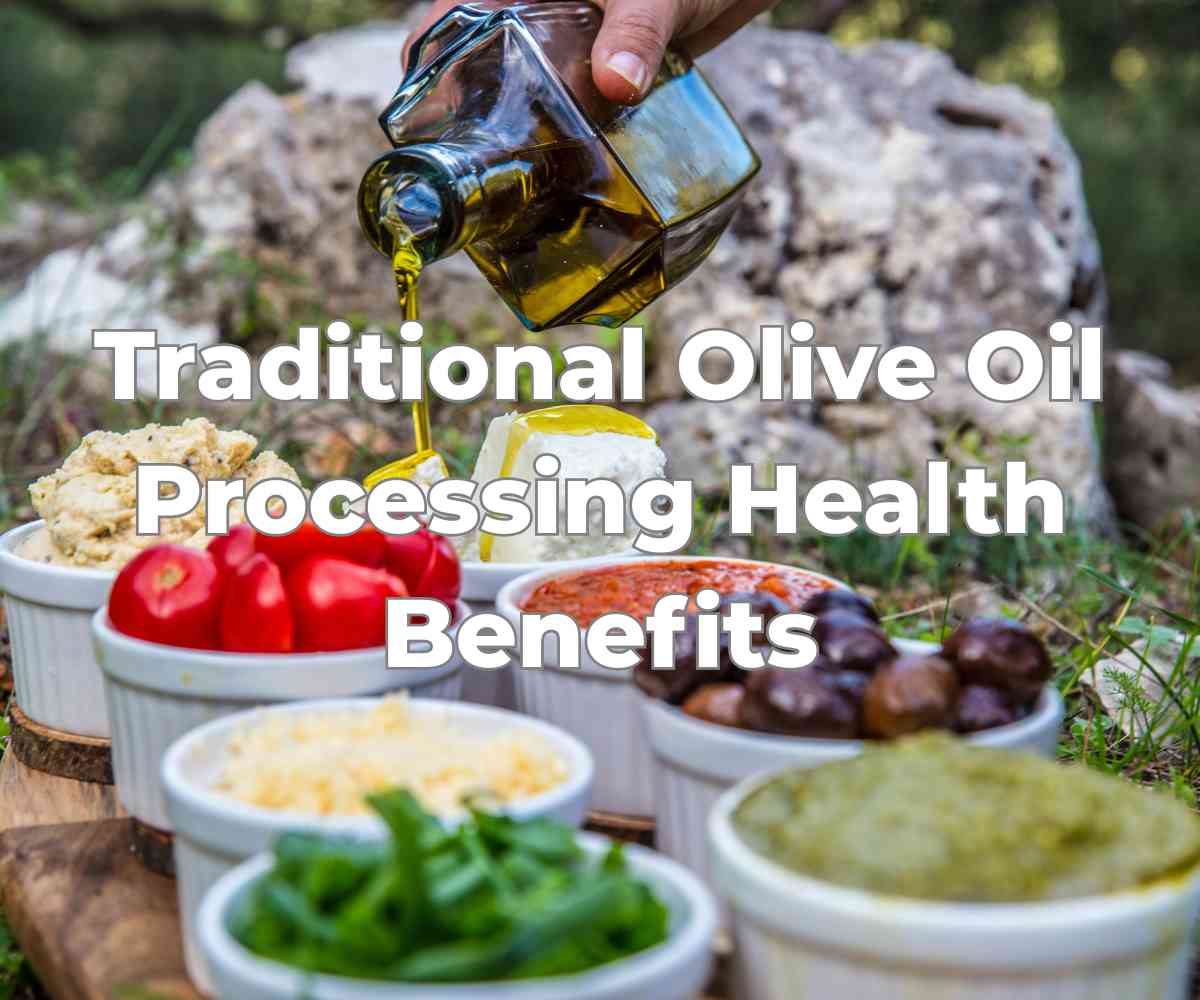how biopharmaceutical innovation Is powering ivf technology
Description
Cellular Miracles: How Biopharmaceutical Innovation Is Powering the Next Generation of IVF Technology
The journey from infertility to parenthood has always been intertwined with science. What began as a breakthrough in assisted reproduction decades ago has evolved into one of the most advanced applications of biotechnology. Today, clinics led by One of the Best IVF Doctors in India are not merely helping couples conceive, they are engineering conception itself through cellular precision, genetic insight, and molecular-level innovation.
The transformation in IVF (In Vitro Fertilization) technology mirrors the revolution happening in the biopharmaceutical industry. Both fields rely on mastering the behavior of living cells in controlled environments. Both require sterile conditions, molecular accuracy, and ethical balance between innovation and safety. And both share a common goal of creating life through science.
To understand this fascinating parallel, it’s helpful to explore how the challenges of biological precision in IVF align with those of modern drug manufacturing. The same biotechnological processes that make personalized vaccines possible are now powering individualized fertility treatments. For example, this detailed guide on critical challenges and solutions in biopharmaceutical manufacturing highlights how consistency, quality, and molecular stability define success in both domains. IVF has adopted these very principles, evolving from a mechanical procedure to a sophisticated, cell-regulated science.
The IVF Lab: A Living Bioreactor
At the heart of every IVF clinic lies its embryology lab, a miniature biomanufacturing ecosystem. It’s a sterile, temperature-regulated environment where gametes (eggs and sperm) are cultured, monitored, and guided toward fertilization. Much like a pharmaceutical cleanroom where therapeutic proteins are cultivated, IVF labs maintain near-perfect control of air purity, humidity, and CO₂ concentration.
Embryologists often compare their work to that of molecular biotechnologists. The fertilization process is not simply biological luck, it’s the result of precise timing, microscopic observation, and cellular conditioning. Each embryo behaves differently, influenced by genetic factors and environmental microconditions, just as cell lines behave differently in biopharma production.
With the introduction of AI-powered embryo monitoring systems, time-lapse imaging now allows continuous observation without disturbing the embryos. Algorithms analyze growth patterns and cellular divisions to identify which embryo has the highest potential for implantation. This represents the marriage of artificial intelligence and reproductive biology, a synergy that owes much to the data analytics models used in pharmaceutical development.
Stem Cells and Ovarian Regeneration: The New Age of Fertility Medicine
The future of IVF technology lies not only in fertilizing eggs but in regenerating them. Recent breakthroughs in stem cell research are enabling scientists to stimulate ovarian function in women with diminished egg reserves or premature ovarian failure. By using the patient’s own autologous stem cells, doctors can reintroduce regenerative signals into the ovaries, potentially reversing cellular aging.
This innovation draws inspiration directly from biopharmaceutical cell therapies particularly in how stem cells are cultivated, differentiated, and reintroduced into the body. The same sterile, controlled culture techniques used for stem cell drugs are now applied to reproductive tissues. This cross-pollination of knowledge between biotech and fertility medicine is pushing IVF toward an era of bio-regenerative fertility, where age and biology no longer define possibility.
In India, where infertility rates are rising but technological access is expanding, these regenerative interventions could redefine reproductive healthcare. Several Indian IVF centers are already collaborating with research institutions to explore how growth factors, exosomes, and platelet-rich plasma (PRP) can rejuvenate ovarian environments naturally.
Precision Medicine in Embryology: From Random to Personalized
Traditional IVF worked on average standardized drug dosages, uniform stimulation cycles, and limited genetic insights. But biology is not uniform, and no two patients respond alike. This realization, borrowed from the world of precision medicine, has revolutionized reproductive treatment.
Genetic and hormonal profiling now enables doctors to tailor every step of IVF to the patient’s molecular makeup. From the ovarian stimulation phase to embryo transfer, protocols are adjusted based on genomic, metabolic, and proteomic data. This personalization minimizes risks such as ovarian hyperstimulation and improves success rates.
The integration of pharmacogenomics, the study of how genes affect drug response is another concept IVF shares with the pharmaceutical industry. For instance, understanding how a woman’s FSH receptor gene variant influences her reaction to fertility drugs helps customize medication plans. Similarly, embryo selection using preimplantation genetic testing (PGT) allows embryologists to identify chromosomally balanced embryos, reducing miscarriage risks and increasing the likelihood of a healthy pregnancy.
Cryopreservation: The Cold Science of Time and Life
Freezing has long been central to both IVF and biopharmaceutical manufacturing. Whether preserving embryos or biologic drugs, the science behind cryopreservation demands absolute precision.
In IVF, vitrification, an ultra-rapid freezing process prevents ice crystals from forming, which can damage cellular integrity. This method mirrors cryogenic preservation in biologic drug development, where maintaining protein structure during storage and transport is vital.
Today, vitrification technology enables fertility preservation for cancer patients undergoing chemotherapy, couples delaying parenthood, and even individuals planning long-term reproductive security. Eggs, sperm, and embryos can remain viable for decades, a feat of bioengineering that embodies the shared progress of medicine and manufacturing.
Artificial Intelligence and Robotics: The Automation of Reproduction
Automation has revolutionized drug manufacturing, ensuring consistency, safety, and reproducibility. IVF is following a similar trajectory.
Robotic micromanipulators now perform intricate tasks like sperm injection during ICSI (Intracytoplasmic Sperm Injection) with sub-millimeter precision. These systems minimize human error and standardize procedures across cycles. Similarly, AI-assisted decision systems help embryologists predict optimal embryo transfer windows, improving implantation success.
In some advanced IVF labs, robotic arms handle culture plates, transfer embryos, and even assist with fertilization replicating the efficiency of pharmaceutical automation. These developments not only reduce variability but also expand access to high-quality fertility care across geographies, allowing smaller centers to maintain consistency comparable to large metro IVF hubs.
Bioethics and Quality Assurance: Lessons from Biopharma
As with biopharmaceutical manufacturing, IVF operates within a framework of ethical responsibility and regulatory oversight. The introduction of India’s ART (Assisted Reproductive Technology) Regulation Act, 2021 has standardized clinical practices, ensuring patient safety, transparent reporting, and ethical gamete use.
Quality assurance now mirrors that of drug production meticulous tracking, environmental validation, and documentation for every procedural step. Embryo cryostorage systems, for instance, employ barcode-linked databases similar to pharmaceutical batch tracking. These practices build patient trust and uphold scientific integrity.
Just as the pharmaceutical sector must balance innovation with compliance, fertility clinics are learning to innovate responsibly prioritizing patient safety while embracing genetic and cellular experimentation.
The Future: Artificial Gametes and Synthetic Biology in IVF
The most exciting chapter in IVF technology lies ahead in the realm of synthetic biology. Scientists are exploring the possibility of creating artificial gametes (eggs and sperm) from skin or blood cells using induced pluripotent stem cell (iPSC) technology. This could make parenthood possible even for those who lack viable gametes due to medical or genetic conditions.
Such research requires mastery over cellular reprogramming and molecular control, the same challenges faced in the biopharmaceutical production of complex biologics. It’s a space where reproductive medicine and biotech innovation are virtually indistinguishable.
In the coming decade, we may see “cell factories” capable of producing patient-specific gametes heralding a new paradigm in personalized reproduction. While ethical debates will intensify, the scientific foundation is already solidifying.
Conclusion
The science behind IVF has evolved beyond reproductive assistance, it’s now at the intersection of biotechnology, data science, and molecular medicine. Fertility specialists and biopharmaceutical scientists share a common pursuit: controlling the most fundamental processes of life with precision and care.
From robotic-assisted fertilization to stem cell-based ovarian rejuvenation, every advancement in IVF is shaped by the same biotechnological rigor that drives modern drug innovation. As India continues to invest in biomedical infrastructure and talent, it’s poised to lead this fusion of reproductive and regenerative science.
For readers curious about how the manufacturing principles guiding advanced fertility treatments parallel pharmaceutical innovation, explore this insightful blog on critical challenges and solutions in biopharmaceutical manufacturing. Both worlds remind us that creating life—whether in a lab or through a treatment—is as much about precision as it is about purpose.






















